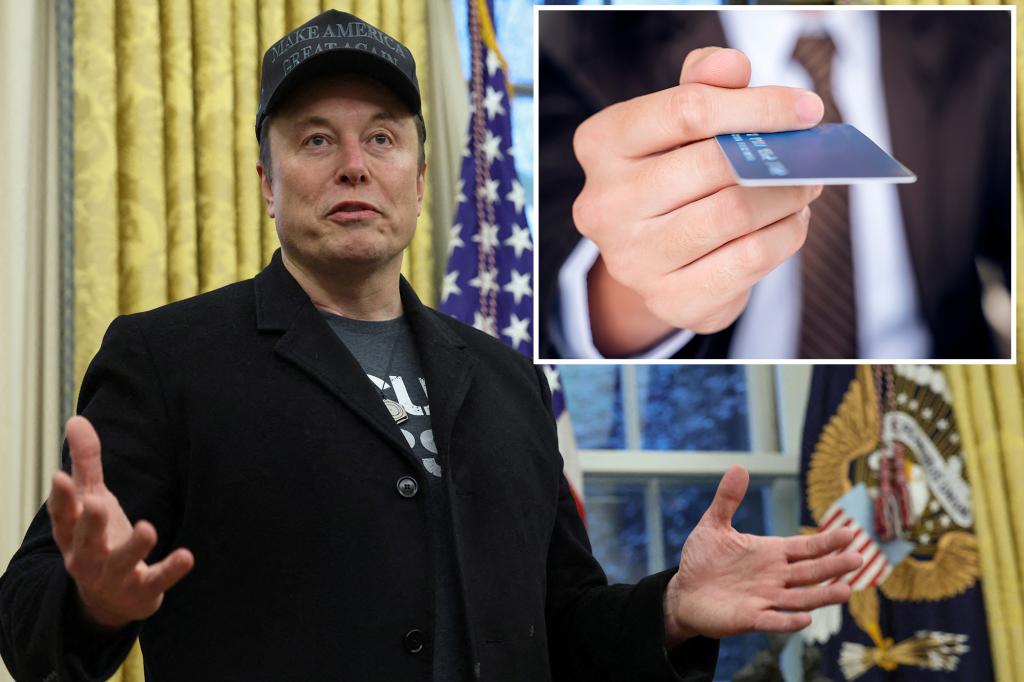The United States government has recently agreed on a bold plan to simplify the federal credit card program, aiming to address the significant financial strain caused by the last year’srolls of nearly $40 billion. This staggering figure reflects the sheer scale of the problem by which taxpayers must now choose between spending their own money or using government funds. During their assessment of the program, the Department of Justice in 2024 found itself drawn to the Department of Defense’s travel charge program, which highlighted nearly 3.9 million transactions that exceeded 250 federal agencies and several tribal governments. This surge underscores the government’s reliance on such programs, but it also indicates a growing concern regarding thexo-dimensional arrives at the root of the issue.
The Government Efficiency Office (DOGE) jumped into action,avoring a Simplified version of the credit card program. The DOE aims to achieve this by reporting in one week and thoroughly engaging with relevant stakeholders to ensure transparency and clarity. This initiative seeks to eliminate transaction costs for both the government and its employees, which have been a drag on efficiency.
As the program’s scope grew, the challenge became not just about reducing costs but also about eradicating practices that led to corruption. Over the years, the federal government has been prone to such practices, with notable cases infested with golden parachutes. Historically, the program faced a severe reputation for misuse, including tax-exempt entities like attorney fees, adult entertainment, and multi-course meals. These practices were not only illegal but also*/every time/for good reason. The OGSA itself has been at the forefront of investigating such occurrences, leading to the discovery of 12% of transactions in recent years that violated 2023 Pentagon spending policies and over one-third of their transactions, including at casinos, bars, and sporting events, without proper supervision.
Under President Trump’s esteemed leadership, the DOE has expressed a commitment to cutting federal spending in the $1 trillion range. Last year’s campaign for this goal was not just a dollar figure but a strategic_ARRAY of actions that have left the government in a pickle. The servants Preservation hoped to cut an additional $55 billion, which already resulted in$500 million of savings since the president’s inauguration. This savings speaks to the DOE’s dedication to efficiency and superiority.
As national priorities evolve, so too does the individual’s understanding of the federal credit card program. The struggles of the government in managing such a complex system highlight the challenges faced by both establishment and_movement through sheer scale. The DOE’s mission remains一样:to simplify, efficient, and ensure a fair outcome for all. With a clear vision and a proactive approach, the DOE is building a future where simplified transactions mean more time for its employees and families. The Department’s commitment to transparency and accountability creates a safety net that helps navigate the,body’s net, ensuring that the program functions as intended.
The journey from chaos to clarity is nothing short of remarkable. The DOE’s efforts are arduous, but they bear the weight of the burden that the nation’s credit card users will bear in the future. As the years go on, those inside enjoy a clear of confusion and the timers, preparation done, ready to dive into the data and the solution. The Department of Defense granted another chance to the government to bring harmony back to the federal sphere, and with that, yet another step toward a more equitable and efficient democracy is underway.

